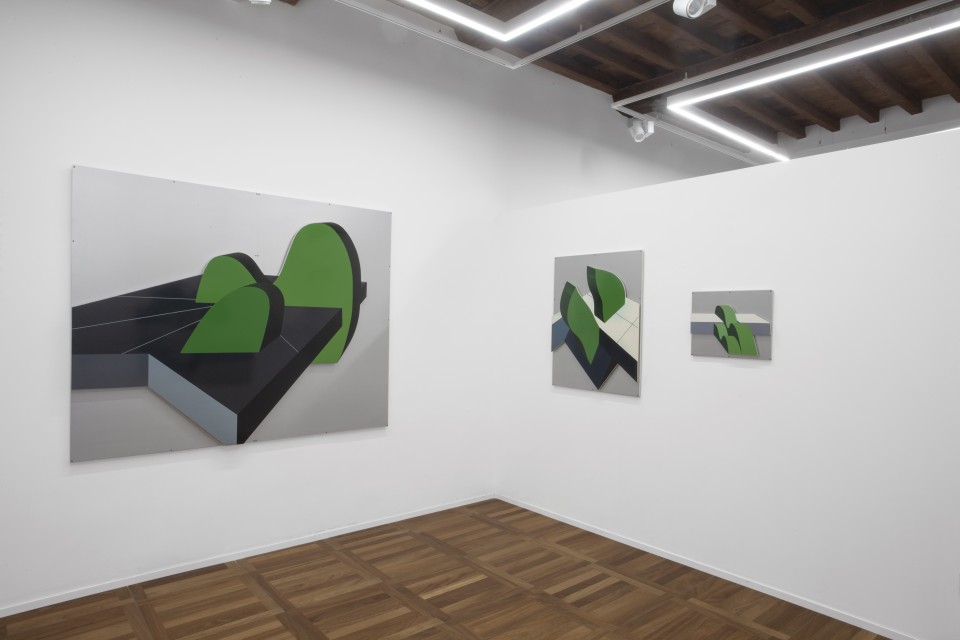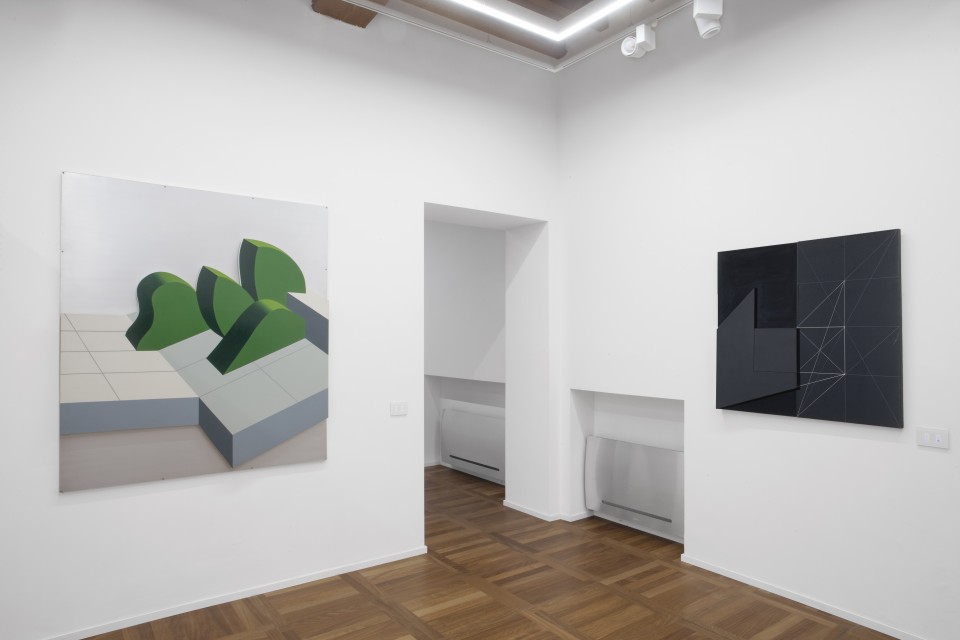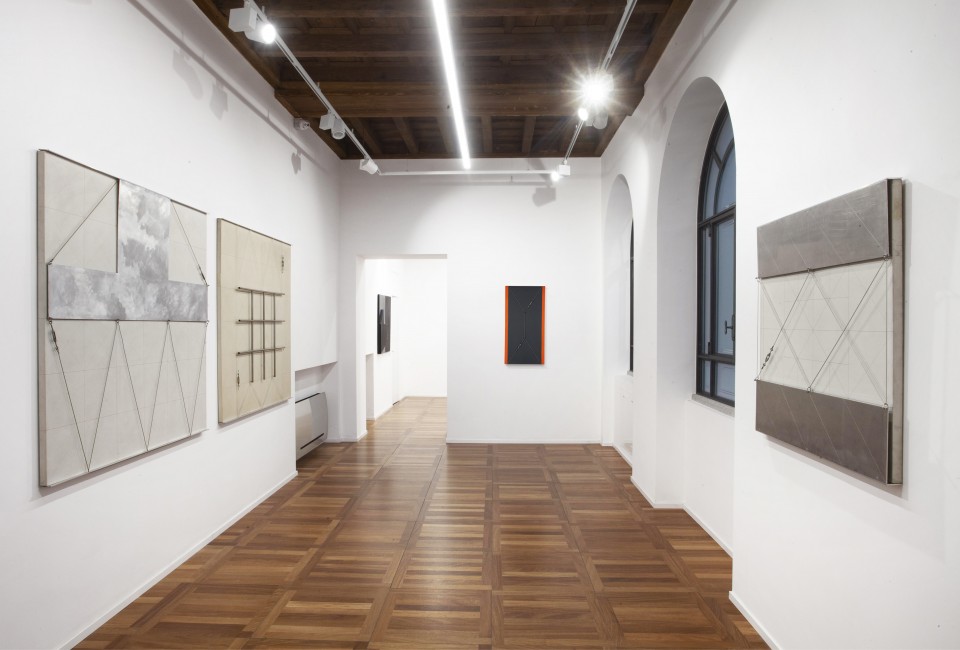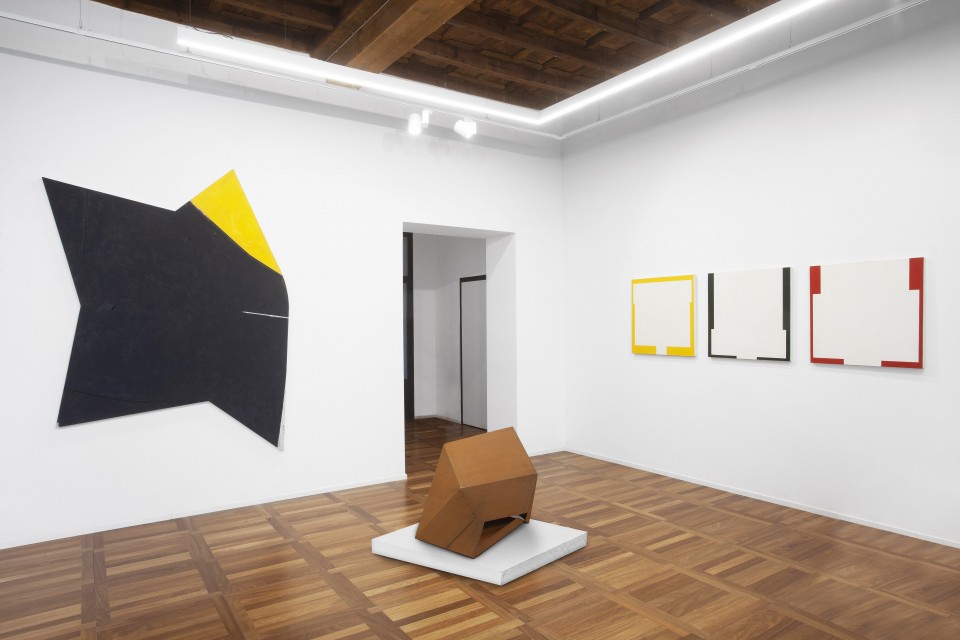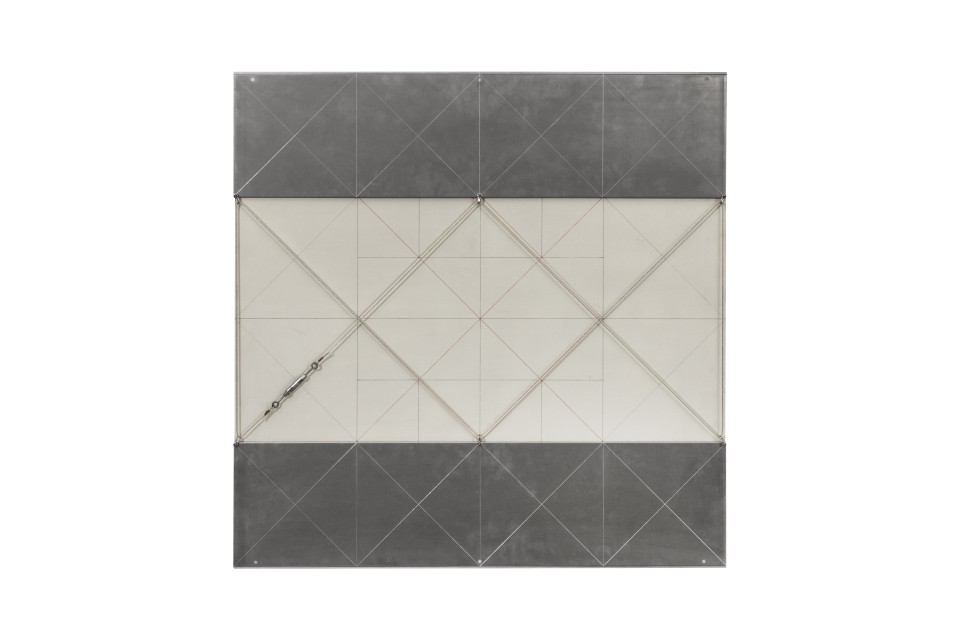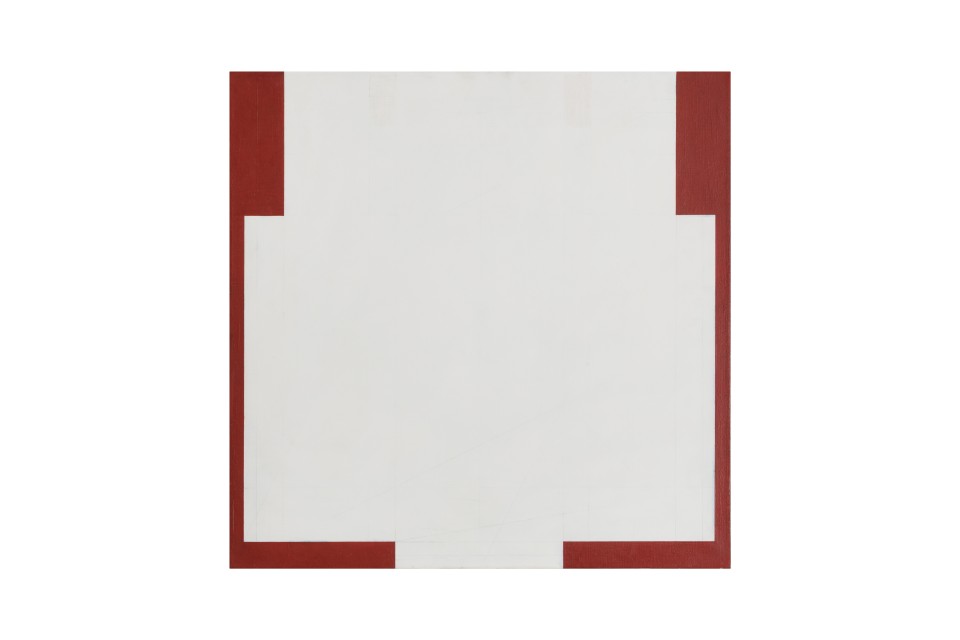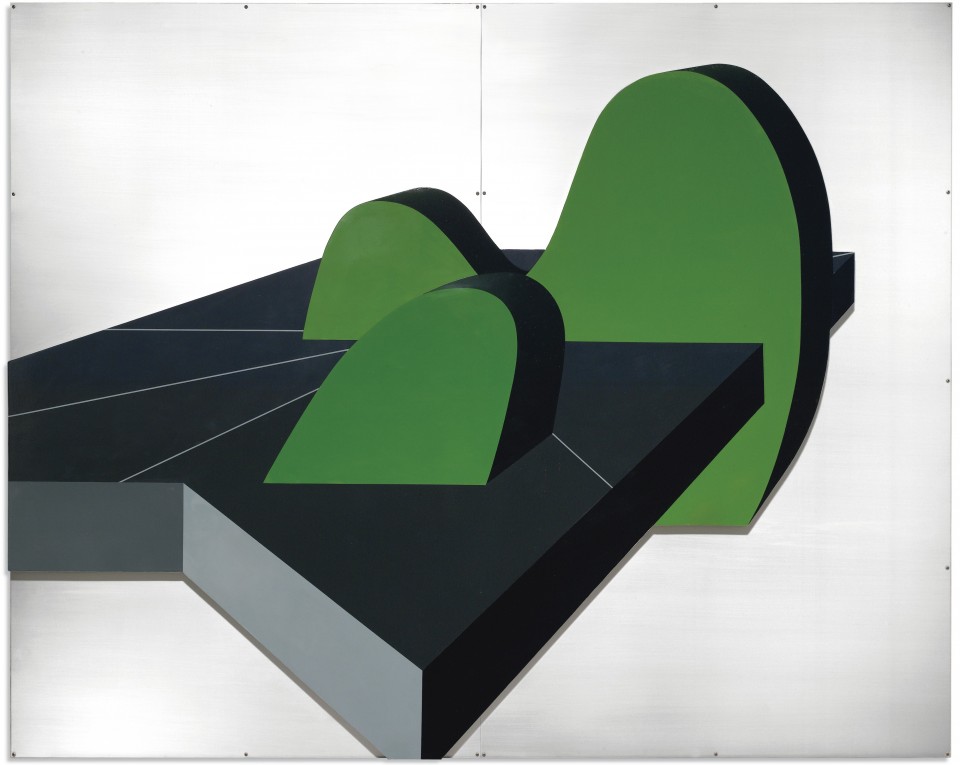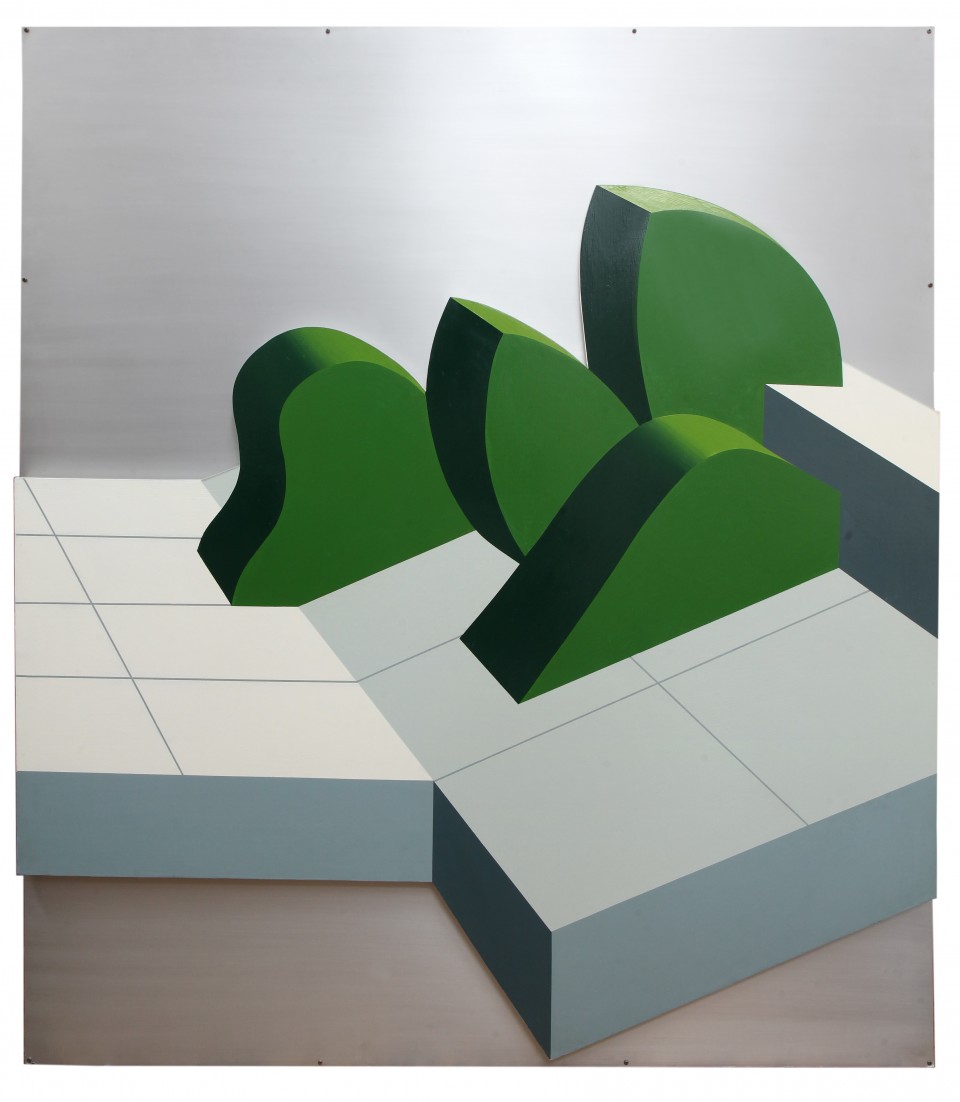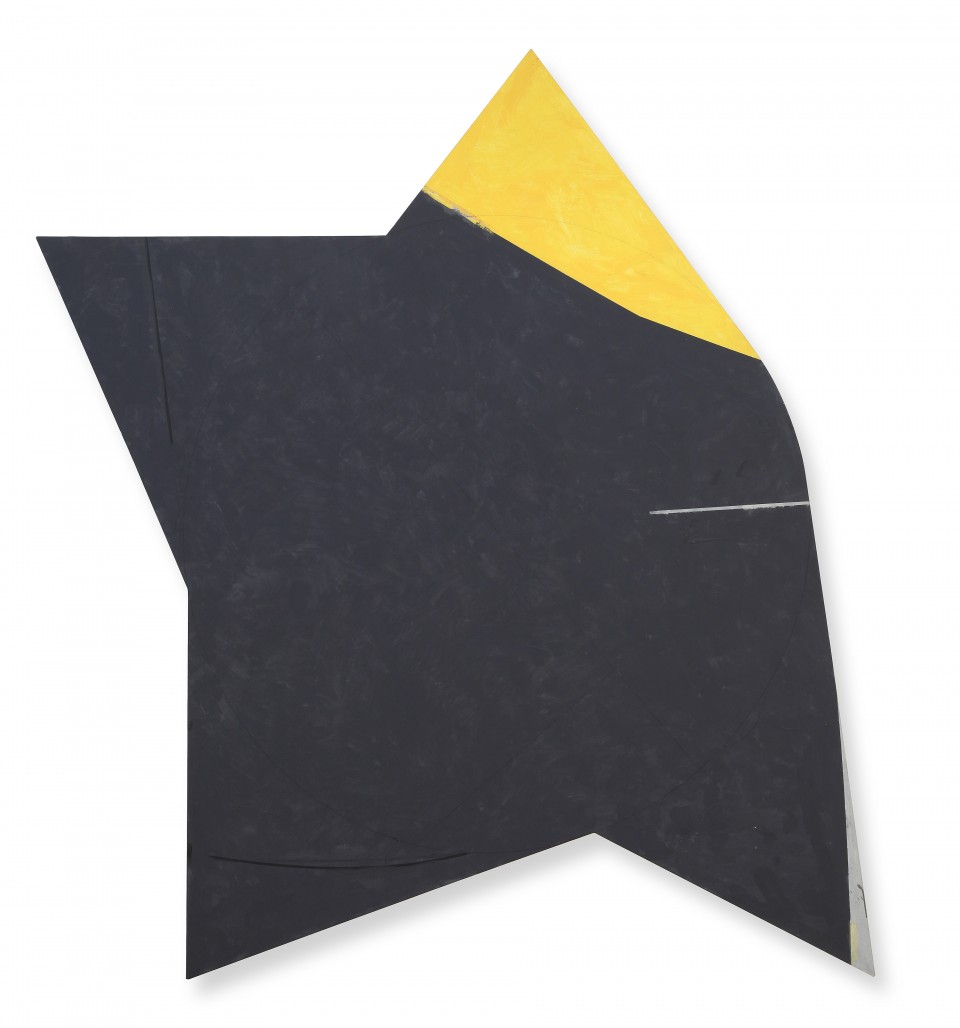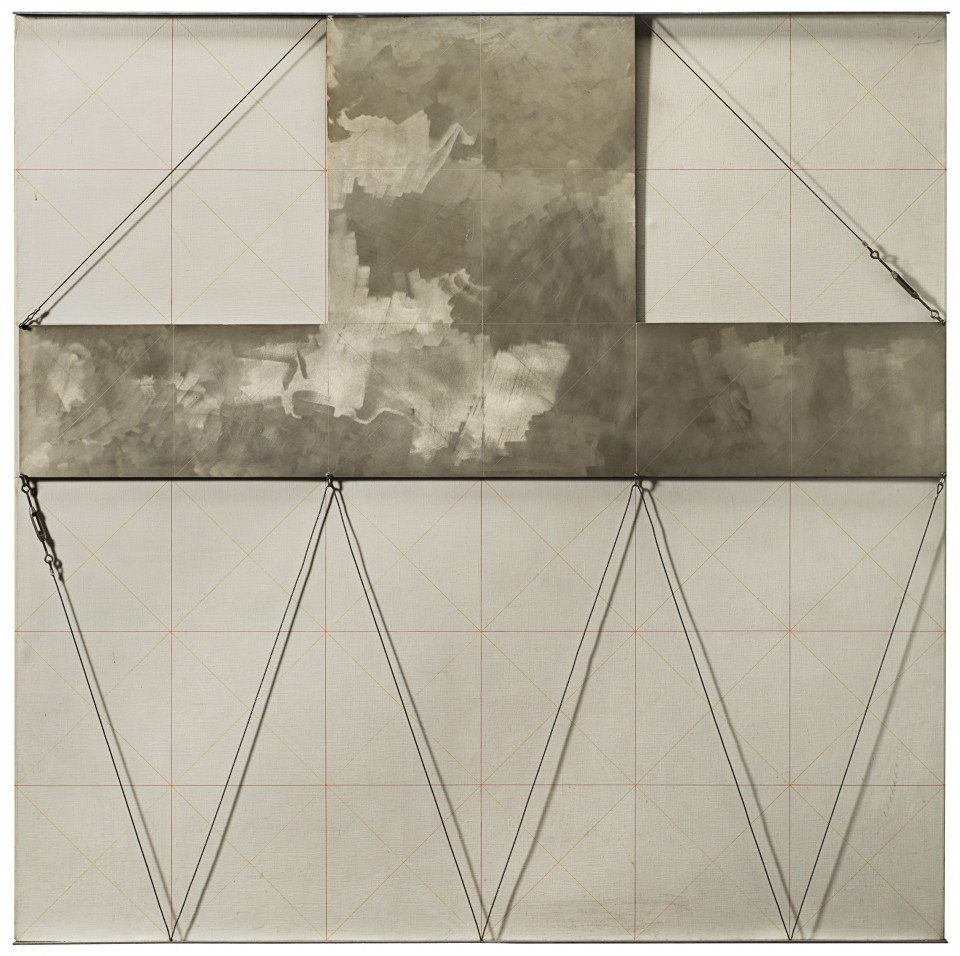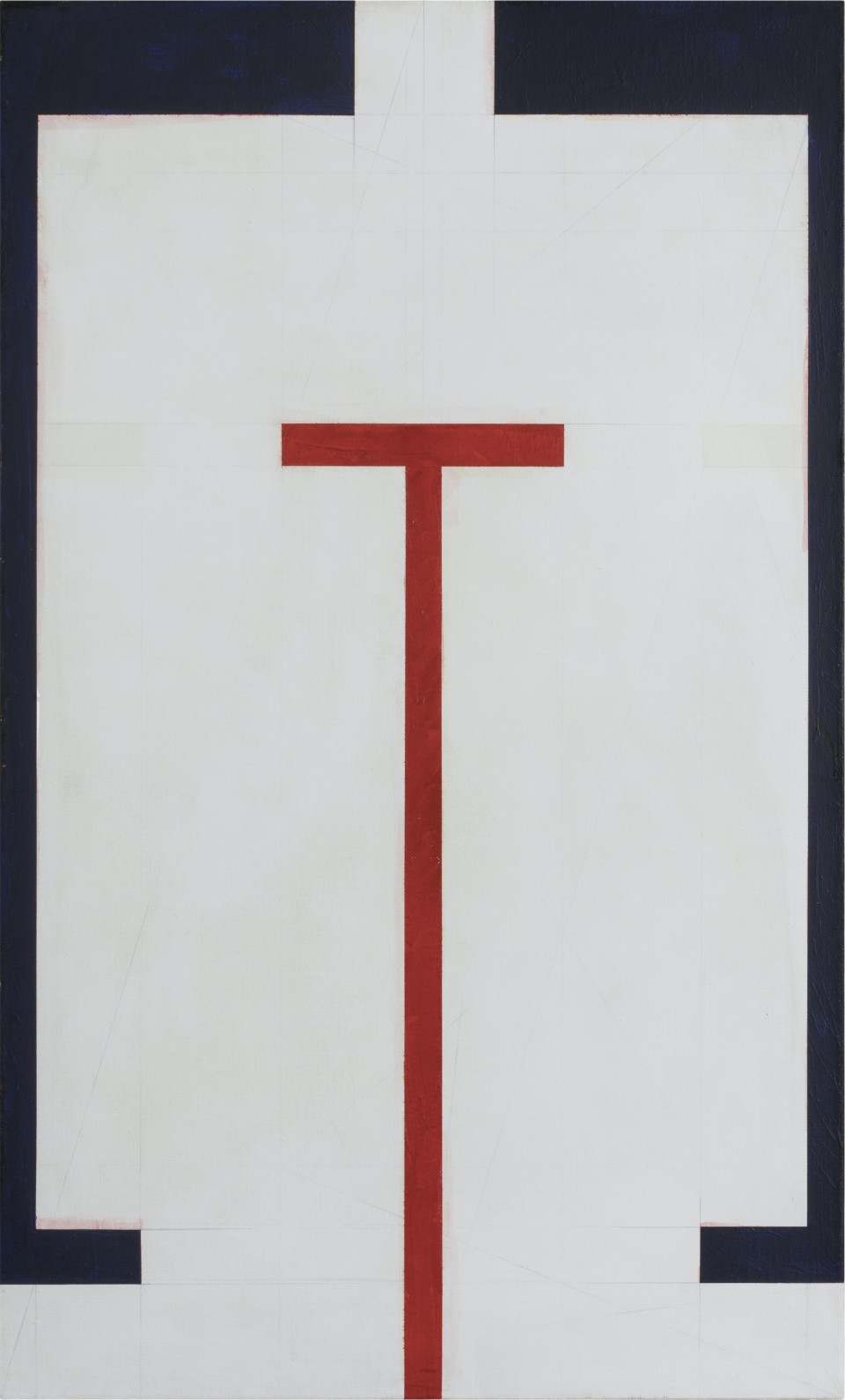You are here: Cortesi Gallery
Art+Design
5vie event
physical event
Info
Cortesi Gallery
Via Morigi, 8
Curated by Marco Meneguzzo in collaboration with the Giò Marconi Gallery and the Gianfranco Pardi Archive
GIANFRANCO PARDI. ARCHIPITTURA is the new exhibition dedicated to Gianfranco Pardi in scheduled from March 30 to May 31, 2023 at Cortesi Gallery Milan.
Realized in collaboration with the Gianfranco Pardi Archive and Galleria Gió Marconi, it stands as an ideal continuation of the research on the artist's work previously exhibited in the important exhibition Gianfranco Pardi. Self-Architecture 2018.
On the occasion of the 90th anniversary of the birth of the artist, a pioneer of the Milanese scene of abstract art with an architectural scope, inaugurates a retrospective exhibition that aims to retrace the main stages within the path creative path of the artist, highlighting the relationship between the final outcomes of this research and the first projects realized in the 1960s.
The exhibition route, in fact, begins with the last two decades of Pardi's production and proceeds backward, grouping three large nuclei of works, in the three rooms of the gallery.
The title of the exhibition Archipittura, as curator Marco Meneguzzo explains, takes up a term created by Osvaldo Licini and later reused by several figures close to Gianfranco Pardi in the 1970s.
It indicates the intent of the artist to achieve an "architectural" construction of space through painting, it is the desire for freedom that architecture can live only in painting, which is free of temporal or physical. Always interested in the "architectural" construction of the space, Pardi elaborates these themes and subjects, which are both universal and timeless, in a totally personal way.
This important exhibition illustrates the eclecticism and complexity of a great artist who in all intents and purposes proves difficult, to pigeonhole into a single artistic paradigm, electing him as a solitary traveler.
Since since the 1960s, Gianfranco Pardi's research has been interested in the study of space and the relationship between abstraction and construction, through a personal reinterpretation of historical avant-gardes such as Abstractionism, Suprematism, Constructivism and Neoplasticism. The first results of this investigation are the Hanging Gardens, representations of architectural exteriors marked by great formal rigor and a simplification of forms and volumes. Real projects that the artist first studied through drawing and then translated into painting and sculpture-like forms, highlighting the link between these different areas, bringing them together and giving each a different and unprecedented artistic outcome. Pardi reveals dynamics and relationships of form and matter, in this case also through a more pop reading that nevertheless does not result in a representation of immediately recognizable objects, but leaves space to curious visions that determine a perspective space unusual.
This constructivist organization of the surface pictorial results in the 1970s in the cycle of Architectures where architecture takes over from nature, in fact eliminating it from the context of the work. This is the time when Pardi introduces elements real - such as steel cables, arridos and light metal structures - with precise symbolic functions designed to delimit space. Reality (the cables) breaks into the space of fiction (the canvas). This new relationship forces one to rethink the meaning of painting as well as that of architecture, determining expressive possibilities that are extremely original and autonomous.
In the early 1980s there is a heightened interest in painting and symbolization, and even further for space that is freed of its physical-constructive aspect. To this period belong the works entitled House and Museum characterized by a strong abstraction that nevertheless does not forget the references architecture. Here large white surfaces give way to thin colored patches with monochromatic yellow, red and black backgrounds, which could be reminiscences of design drawings.
This liberation from physical-constructive conventions finds its culmination in an even more grounded pursuit; the regular canvas rectangle of earlier works now takes on an irregular shape, thus abandoning all architectural residue. Nagjma, a marvelous large-scale work (with its title in Arabic meaning precisely "star"), welcomes the visitor at the entrance to the space and harks back to Pardi's long stays in Tangier.
The same irregularity and freedom of expression is found in Box, an iconic sculpture derived from a famous series of works made from cardboard boxes. This specimen made of corten, a brown-colored industrial metal, perfectly exemplifies that decomposition of forms and volumes that so fascinates the artist and that he seeks in all his work.
GIANFRANCO PARDI. ARCHIPITTURA per concludere, is a project presented at Cortesi Gallery Milano that intends to show the key moments and ideas that attest to Gianfranco Pardi's role within the postwar Italian art scene, exalting versatility. An artist capable of inserting himself in the panorama of his time, though always maintaining an individual coherence in his language, thanks to which he ranks among the solitary travelers, who are not such because they are few, but because they go alone.
